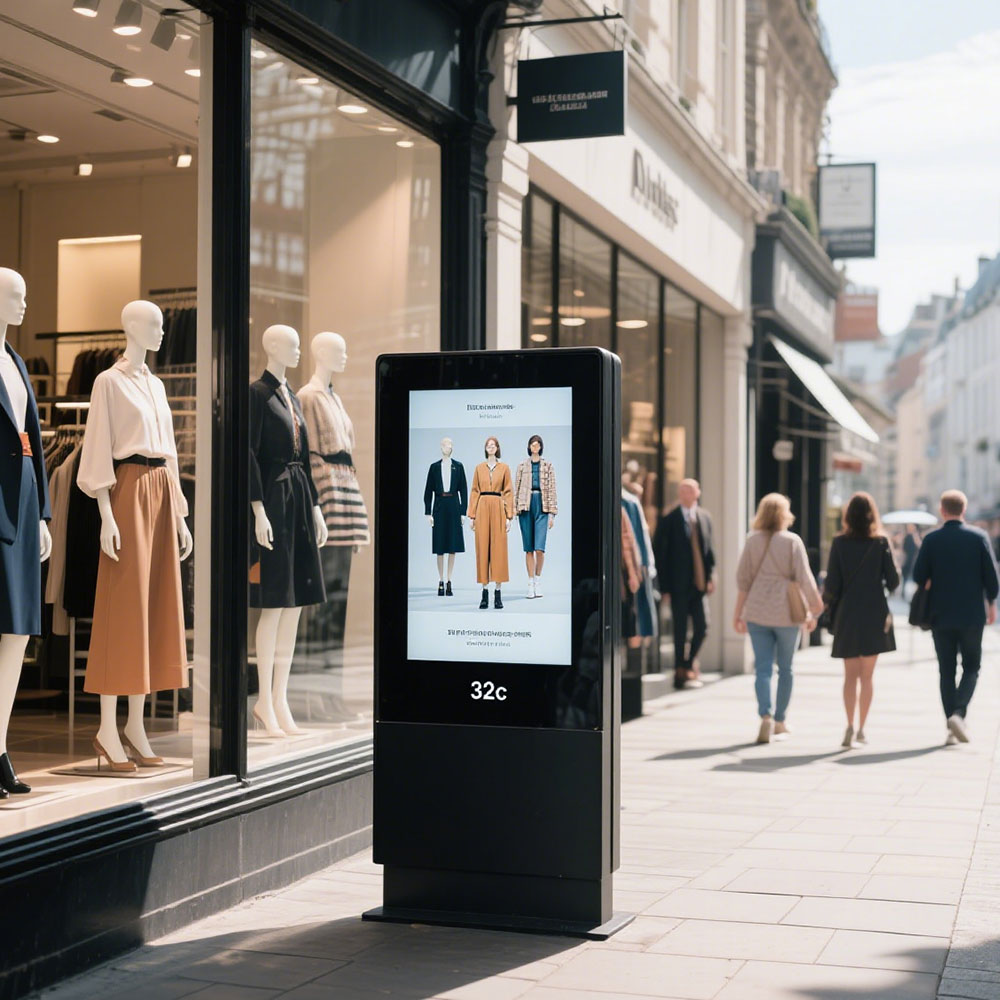When designing or deploying outdoor LCD screens for advertising, public information displays, or digital signage, brightness is not just a technical specification—it's a critical performance factor that directly impacts visibility, energy efficiency, and long-term reliability. Industry standards such as those from the Society of Motion Picture and Television Engineers (SMPTE) and the International Electrotechnical Commission (IEC) define minimum brightness levels for outdoor environments, typically ranging from 5,000 to 10,000 nits depending on ambient lighting conditions.
For example, in direct sunlight (up to 100,000 lux), an outdoor LCD must exceed 8,000 nits to remain legible—a requirement met by high-brightness LED-backlit panels and advanced optical bonding techniques. Manufacturers like LG, Samsung, and Sharp have adopted these standards in their industrial-grade outdoor displays, often integrating adaptive brightness control systems that dynamically adjust luminance based on real-time light sensors. This not only ensures consistent image quality but also reduces power consumption by up to 30% during low-light periods.
Another key consideration is the use of anti-glare coatings and polarization filters to minimize reflections while maintaining contrast ratios above 4,000:1—critical for readability under harsh weather conditions. Case studies from cities like Tokyo and Dubai show that properly optimized outdoor LCDs with >7,000 nits brightness and IP65-rated enclosures can operate reliably for over 100,000 hours without significant degradation.
Moreover, thermal management plays a crucial role: efficient heat dissipation via aluminum extrusion frames and intelligent fan systems prevents overheating, which otherwise leads to premature pixel failure. In summary, optimizing outdoor LCD screen brightness requires adherence to international standards, integration of smart technologies, and rigorous environmental testing—ensuring both durability and visual clarity in any climate.









